Mathematics
Mathematics is taught in the moment during play, according to children’s individual needs and interests. In F1, we develop children’s understanding of numbers 0-3 through planning in the moment. In F2 we teach a number of the week to embed numbers 0-10 by the end of the reception year. We provide lots of opportunities to play games, and use resources that teach subitising and counting as soon as they start nursery. Subitising is the rapid, accurate, and confident recognition of numbers represented pictorially. Both F1 and F2 children have access to mathematical resources as part of continuous provision.
Subitising
Children have the opportunity to experience real life situations in relation to shape, space and measure. Children are free to pour water; measure sand/mud; lift, drag and manipulate real life objects that are heavy.
Retrieval maths
In F2, we deliver short snappy repetitive retrieval maths lessons that are meaningful to the children. Retrieval means practising what we have learned already to ensure that it goes into our long term memory.
We count the votes for the voted story and workout which book has the most votes. We count the blocks in towers of 10 and use the language of, “1 lot of 10 and 7 ones make 17.” Children repeat the full sentence and rehearse it with their learning partner. The children will find the number of votes on the class number line and link it to the full sentence. “1 lot of 10 is represented by the one and 7 ones is represented by the 7, 1 and 7 written together makes 17.” In the spring term, the children will take turns to make the numbers with Numicon. In the summer term, the children will draw a pictorial representation on the number on whiteboards.
When children self-register they move their name to the tens frame. We count them to find out how many children are at school and how many are at home. The teacher models number formation rhymes, to support recognition and writing. Again the teacher models place value by modelling the language again, “2 lots of 10 makes 20 represented by a 2, then 6 ones makes 26 represented by a 6. 2 and 6 together reads 26.”
The teacher hides a number every day on the class number line. The teacher will model the language of “because, 1 more, 1 less, in-between” to explain how they knew the number. The teacher then asks what 1 more than that number is. All children work out the answer using their fingers/number fan/wipe board/Numicon. In the spring term the children use a whiteboard and pen to draw a pictorial representation of 1 more and 1 less (adding another dot to the base 10/ adding 1 more hole to the Numicon, crossing out a dot/ hole).
Shape, space and measures
The children sing the days of the week using Makaton. The teacher models the sentence, “yesterday was…” and the children repeat it. The children tell their partner and then workout what day it is today by using the song. The teacher models the sentence, “today is…” and the children repeat. The teacher models the sentence, “tomorrow is…” and the children repeat it. The teacher models working out the date by saying, “yesterday was…” now we need to use the number line to jump on the number line to the next number. The children sing the months of the year song and work out what month of the year it is. The teacher models “the month of the year is…” We sing songs to keep the children engaged and to transition from one activity to another.
Each week a different number is taught. When we teach numbers 1, 3, 4, 5, 6, 7, 8 we also teach circle, triangle, rectangle, square, pentagon, hexagon, heptagon and octagon. We make the link between the number of the week and the number of sides/corners that these 2D shapes have.
Maths lesson
We ensure that children have a deep understanding of numbers 0-10 in F2. We solve problems including doubling, halving, addition, subtraction, odd and even numbers.
Home learning
In F2, children have the number of the week to take home and share with their family. This also includes some practical tasks that they can do at home.

